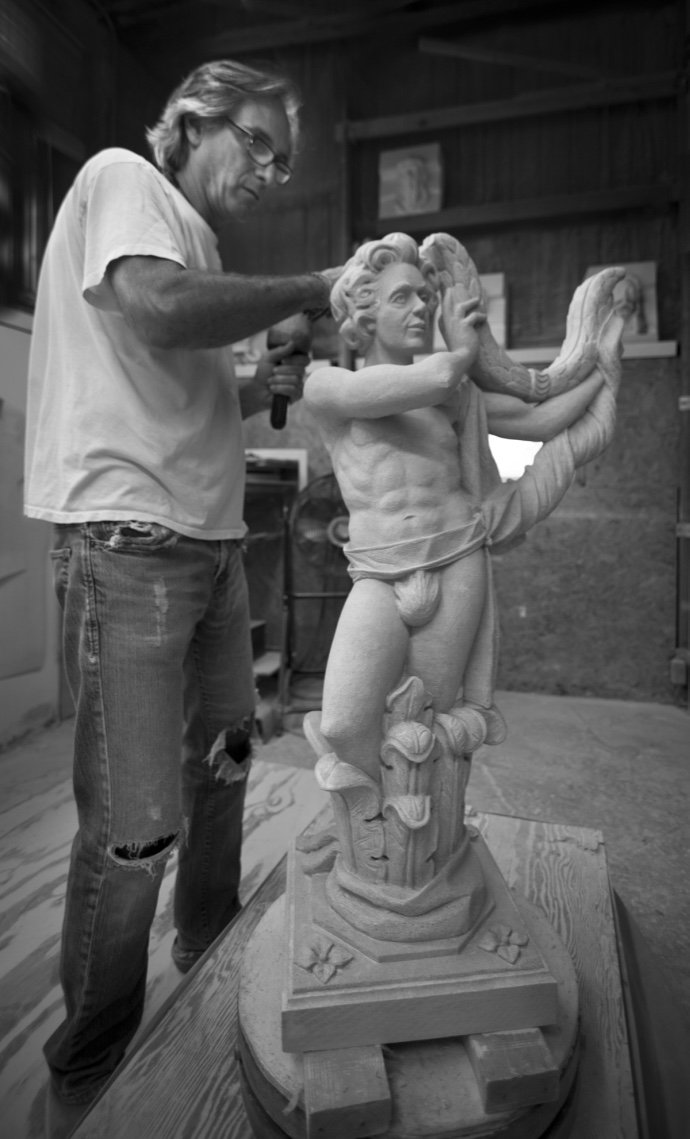As a sculptor, the dichotomy between private and public work plays a crucial role in shaping my creative journey. The private realm offers a sanctuary for experimentation, reflection and introspection. Here, I delve deep into my emotions and experiences, unbound by strict expectations. It is within this intimate space that ideas germinate and concepts evolve. Conversely, the public sphere presents a canvas for sharing my perspective to engage communities, provoke thought and stimulate conversations. Whether through monumental sculptures anchoring city squares or interactive installations in bustling galleries, public art forges connections, activates change and enriches the cultural tapestry.
Navigating between these two realms requires a delicate balance, where the private feeds the public and vice versa. The solitude of studio practice nurtures my creativity, while the collaboration required for public works invites dialogue and interpretation. Ultimately, the coexistence of these dual identities enriches the artistic landscape, offering depth and diversity to my creative endeavors. Embracing both facets helps me embody the full spectrum of my craft, bridging the personal and the communal, the individual and the universal.
— Cary Shafer
A native of Indiana, Cary Shafer attended the Chicago Art Institute before completing four years of hands-on training with Italian master-carver Vincent Palumbo at Washington’s National Cathedral. Apprenticed in the historic tradition, Shafer learned stone carving’s complex body of technical knowledge, the secrets held within stones, the preferred tools for varying stages of work and the techniques for achieving light and shadow. Among his many ornamental stones that adorn the cathedral, Shafer carved its final gargoyle.
Today, Shafer creates stone and/or steel works using a variety of techniques and tools that span thousands of years. With ancient stone carving tools and techniques learned from his apprenticeship, and integrating powerful 21st century digital tools to design and render new ideas, Shafer’s ability to envision and execute are limitless.
Be it private or public, Shafer employs an established series of filters by which to make decisions through as he embarks on each new project. These filters could include emotional intent, desired audience, site constraints, budget and a vast array of other options. Creating a 3D model of the entire site enables 360 degree views and allows for testing different ideas in multiple locations and scales for the most appropriate impact.
Proposal Video Showcasing 3D Modeling




